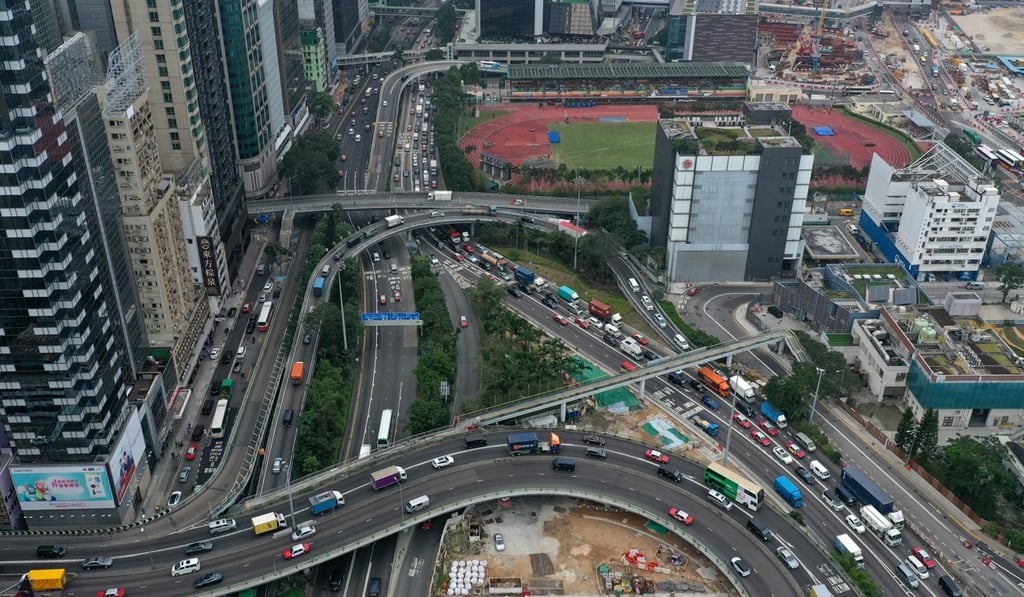Hong Kong’s Central-Wan Chai Bypass opens to traffic – but industry observers warn the real test comes on Monday
- Early bird motorists include transport workers’ union member, who intends to gauge if traffic signs are effective and provide feedback
- Link’s potential to reduce congestion is expected to be a boon for taxi drivers

Hong Kong’s long-awaited Central-Wan Chai Bypass provided a smooth ride as it opened to traffic on Sunday morning, but industry observers said the real challenge comes with Monday’s morning rush hour.
The warning came as enthusiasts highlighted some pitfalls and hiccups on the bypass after road-testing the HK$36 billion (US$4.6 billion) link that was almost 10 years in the making.
The 4.5km bypass, comprising a flyover and a 3.7km tunnel, is expected to relieve traffic jams between North Point and Central, particularly on Gloucester Road, Harcourt Road and Connaught Road Central.
Taxi driver Leung Tat-chong, also an executive member of the Motor Transport Workers General Union, said it took about eight minutes to travel from Taikoo Shing to Central but raised concerns that the temporary westbound exit near the Four Seasons Hotel would create a bottleneck for Connaught Road Central.
While the eastbound carriageway to the tunnel section was put into service on Sunday, a link road connecting the bypass and the westbound carriageway of the Rumsey Street Flyover will remain under construction for another month.

Leung advised westbound-drivers wishing to go to the Central and Western district via the bypass to take the Wan Chai North route instead.
“I can foresee congestion in the coming two weeks around this area,” Leung said. “Drivers still need time to familiarise themselves with the new routes.”